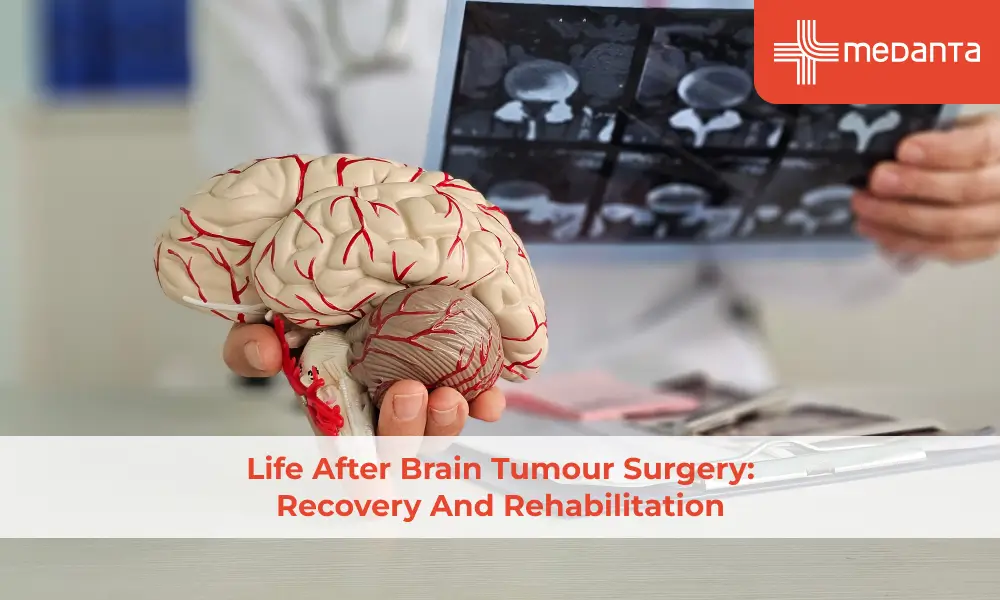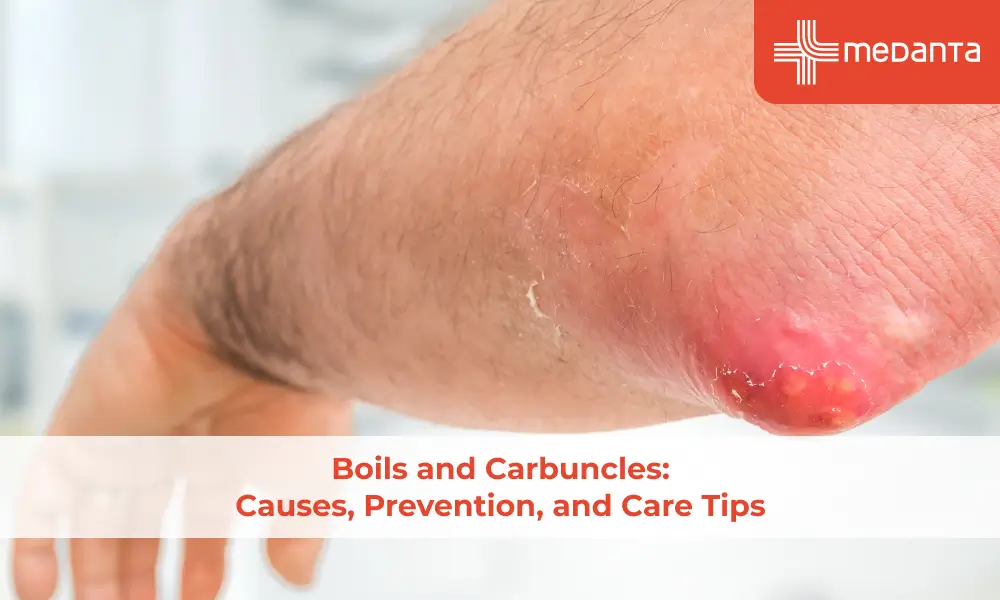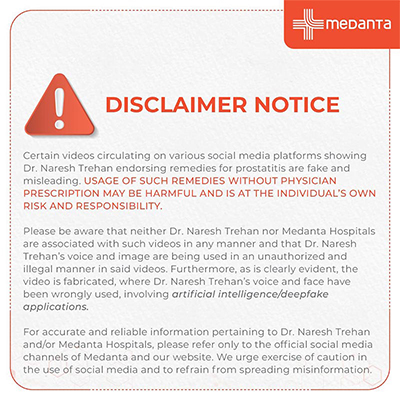Emergency Medicine for Heart Attack: A Doctor's Life-saving Guide You Must Know

TABLE OF CONTENTS
Quick action saves lives during a heart attack because heart tissue dies with each passing minute. People wait an average of 3 hours to get help after symptoms start. This delay increases their risk of death by a lot. Many patients lose their lives before they can reach a hospital.
Life-saving treatment starts with knowing the warning signs. Heart attack symptoms look different in each person. These symptoms include chest pain, cold sweat, lightheadedness, nausea, and trouble breathing. Medical teams use clot-busting medicines (thrombolytic medicines) that work best in the first 12 hours. Doctors can also insert a stent to keep the artery open through a procedure called PCI.
Heart attack patients usually stay in the hospital between four and five days. They receive oxygen therapy to help their heart work better. Patients with bad blockages might need coronary artery bypass grafting to prevent serious problems. Blood flow must return to the heart quickly to improve survival chances. Medical teams track this using what they call "door-to-balloon time."
If heart attack symptoms appear, quick action at home can save lives. The "golden hour"—the first 60 minutes after symptoms start—proves critical, as proper steps can limit heart damage.
Call emergency services immediately:
Your most crucial action is to dial the emergency number without delay. For Medanta, it is 1068. Medical help should not be postponed to check if symptoms improve. Emergency responders will:
Start treatment as soon as they arrive
Take you safely to the hospital
Save your life if your heart stops
You should not drive yourself but ask someone else to drive you. Your symptoms might suddenly worsen, and you could lose consciousness behind the wheel.
Position yourself properly:
Once you've called emergency services:
Sit on the floor with your back against a wall or chair
Slightly bend your knees to reduce heart strain
Give support to the head and shoulders
This positioning reduces strain on your heart and protects you from injury if you collapse.
Stay calm and loosen the clothing:
Panic increases your heart rate, which can make things worse, so try to stay calm. Breathing becomes easier when you loosen tight clothing like belts, ties, or collars.
Consider aspirin only after calling for help:
Emergency dispatchers might recommend aspirin if they deem it appropriate. Key aspirin guidelines state:
Take it only with emergency services' advice
Chewing works faster than swallowing the tablet whole
The standard recommendation is 300 mg
Aspirin should not be given to people under 16 or those with aspirin allergies
Aspirin isn't always the right choice. A tear in the aorta or a stomach ulcer could worsen with aspirin due to increased bleeding.
Monitor and wait for help:
As you wait:
Maintain your supported sitting position
Take slow, deep breaths
Someone should stay with you if possible
Track when symptoms began to inform medical staff
Note that heart attacks often show early warning signs days or weeks before a major attack. Even mild warning signs deserve immediate attention.
Paramedics arrive within minutes of your emergency call. They come prepared to provide critical care. Their quick team response marks the next significant heart attack emergency treatment phase.
Original Assessment and ECG
Emergency teams start a focused evaluation right when they reach you. They check your vital signs and ask about your symptoms. They want to know when the symptoms started. A 12-lead electrocardiogram (ECG) follows these initial checks.
The ECG serves as a vital diagnostic tool that identifies heart attacks with over 95% reliability. Modern ambulances send ECG readings straight to hospital doctors, cutting valuable minutes from treatment time.
Oxygen: A Selective Approach
The old practice gave oxygen to almost every suspected heart attack patient. New evidence supports a more careful approach. Emergency teams now give oxygen to patients with low blood oxygen levels (below 90-94%) or who show signs of breathing difficulty.
Studies show that giving oxygen to patients with normal levels doesn't improve outcomes. In fact, it might even increase heart damage in some cases.
Medication Administration
Your condition determines which medications paramedics give you. Common options include aspirin to stop more blood clots and nitroglycerin under the tongue to improve blood flow through coronary arteries. Morphine helps with persistent pain.
Blood pressure monitoring continues after medication to prevent dangerous drops.
Hospital Communication and Transport
Emergency teams do more than just transport you. They start life-saving processes by alerting the receiving hospital from your location. They send ECG results ahead and activate the "STEMI pathway" when needed.
This early warning lets hospital teams prepare everything. Some patients skip the emergency department and go straight to treatment.
The target time from first medical contact to device intervention should stay under 120 minutes. Research shows that paramedics who diagnose heart attacks at the scene can reduce door-to-balloon times to about 47 minutes. This beats the standard 90-minute target.
Defibrillator pads stay attached during transport for continuous heart monitoring. Emergency teams remain ready to respond if your heart stops.
Medical teams spring into action the moment you reach the hospital. Their single focus is to get blood flowing back to your heart quickly.
Your medical team will run specific tests to confirm the heart attack:
Blood tests check for proteins called cardiac troponin that leak into your blood when your heart is damaged
An electrocardiogram (ECG) shows your heart's electrical activity and helps determine what type of heart attack you've had
Coronary angiography uses special dye and X-rays to see how blood flows through your heart arteries
The doctors will select one of two primary treatments to open your blocked vessels based on these test results:
Thrombolytic medications (clot busters): These powerful drugs dissolve the blood clots that block your arteries. Doctors must administer these medicines within 12 hours of your first symptoms to achieve the best outcome.
Percutaneous Coronary Intervention (PCI): This procedure, also known as angioplasty, reopens your blocked artery with a small balloon. The PCI process involves:
A thin tube insertion through a blood vessel in your arm or leg
Careful guidance of this tube to your heart with contrast dye injection
A small balloon inflation to widen the narrowed artery
Stent placement (small mesh tube) that keeps the artery open
Doctors might recommend Coronary Artery Bypass Grafting (CABG) if you have severe blockages in multiple arteries. This surgery creates new paths around blocked arteries using blood vessels from other body parts.
Your hospital stay usually takes 4-5 days, though this varies with treatment:
PCI recovery: about 4 days
CABG recovery: 8-12 days
Cardiac rehabilitation plays a crucial role in your recovery. This supervised programme offers:
Physical activity and exercise training
Education about healthy living
Counselling to reduce stress
Heart attacks need quick action the moment symptoms show up. Many people wait hours before they ask for help, and this delay can be fatal. These three steps give you life-saving knowledge that matters when every minute counts.
Quick home actions make the essential difference. You should call emergency services immediately, position yourself correctly, and stay calm - these are the foundations of survival. Emergency teams bring professional care right to you and start treatment before you reach the hospital. Hospital treatments like clot-busting medications and stent placements get the blood flowing back to your damaged heart.
A heart attack brings fear, but knowledge enables quick action. These steps could save your life or the life of someone you love. Heart attacks often show warning signs days or weeks before a major event. Learning these steps now gets you ready to act fast later. Your awareness today could mean the difference between life and death tomorrow.
How quickly should I seek treatment for a suspected heart attack?
Immediate action is crucial. Call emergency services as soon as you experience symptoms. Permanent heart damage can begin within 30 minutes of blockage, so the sooner you get treatment, the better your chances of survival and recovery.
What are the initial steps I should take if I suspect a heart attack?
First, call emergency services immediately. Then, sit down with your back supported, loosen tight clothing, and try to stay calm. If advised by emergency services, you may be instructed to chew an aspirin. Do not drive yourself to the hospital.
What treatments are typically used in hospitals for heart attacks?
The main treatments include thrombolytic medications (clot busters) and Percutaneous Coronary Intervention (PCI), also known as angioplasty. Coronary Artery Bypass Grafting (CABG) may be necessary in severe cases. The choice depends on the type and severity of the heart attack.
How long does recovery from a heart attack usually take?
The typical hospital stay for a heart attack is 4-5 days, but it can vary. Recovery from PCI usually takes about 4 days, while CABG recovery can take 8-12 days. After discharge, cardiac rehabilitation is crucial for long-term recovery and reducing future risks.
What role does cardiac rehabilitation play in heart attack recovery?
Cardiac rehabilitation is essential for recovery. It's a supervised programme that includes physical activity, education about healthy living, and counselling to reduce stress.






